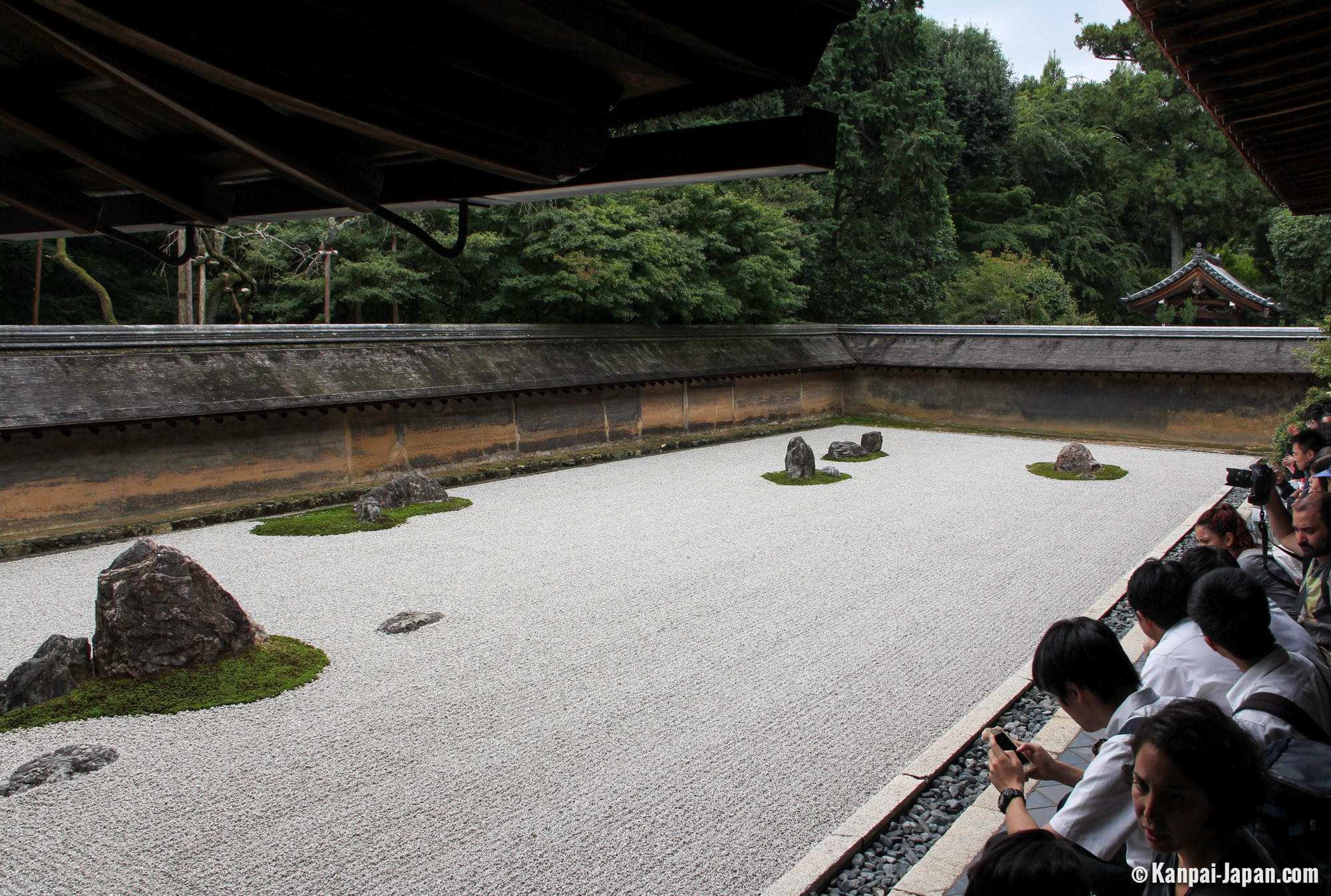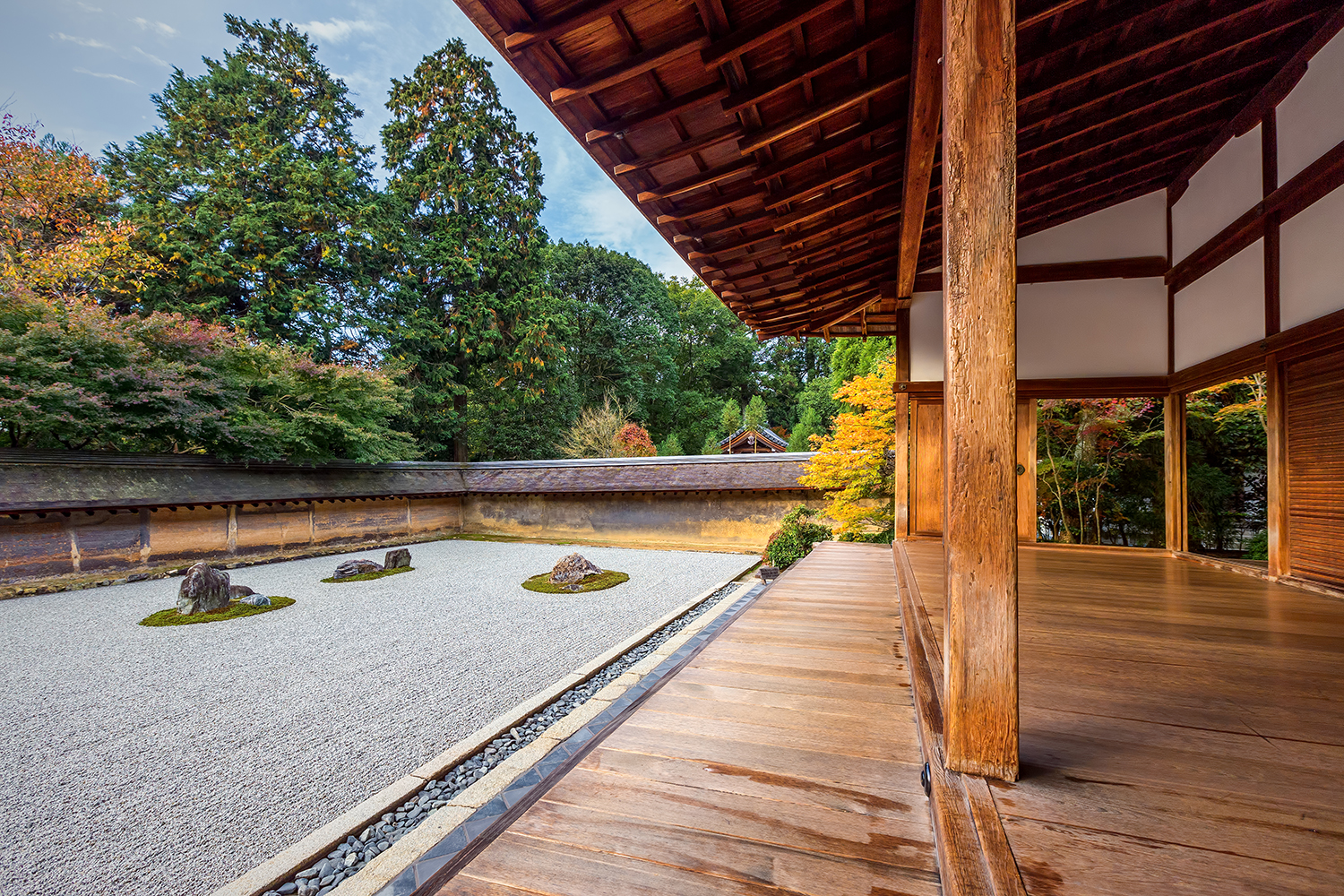
Ryoanji Temple Rock Garden


| ← Back to Works Index | |||
| Work Title Ryoanji | |||
Ryoanji Khan

Ryoanji Japan

Ryoanji John Cage
This site uses cookies to deliver our services, improve performance, for analytics, and (if not signed in) for advertising. By using LibraryThing you acknowledge that you have rea. Ryōanji (Peaceful Dragon Temple) is a Zen temple and World Heritage Site in northwest Kyoto, Japan. It is best known for its Zen garden, a simple gravel-and-rock. Transcript Temple complex Ryōanji, Kyoto, Japan, 15th century, the present dry garden design is thought to date back at least to the early 1680s Speakers: Dr. Beth Harris and Dr. Created by Beth Harris and Steven Zucker. Google Classroom Facebook Twitter. Ryōanji (Peaceful Dragon Temple) Ogata Kōrin, Red and White Plum Blossoms. Hokusai, Under the Wave off Kanagawa (The Great Wave).
| Date Composed between 1983 and 1985. |
| Ensemble Type Variable |
| Instrumentation For any solo from or combination of voice, flute, oboe, trombone, double bass ad libitum with tape, and obbligato percussionist or any 20 instruments. |
| Comments Scores available for oboe (EP 66986b), voice (EP 66986c), flute (EP 66986d), double bass (EP 66986e), and trombone (EP 66986g), each with percussion obbligato. Also for orchestra (EP 66986f). In 1983, Cage began a composition-in-progress called Ryoanji, named after the rock garden in Kyoto, Japan. This garden is a collection of 15 rocks, placed in a landscape of raked, white sand. In the summer of 1983, Cage started a series of drawings entitled Where R=Ryoanji, using (by drawing around) 15 different stones. Around the same time, the oboist James Ostryniec asked Cage to write a piece for him, which resulted in the first part in a series of pieces entitled Ryoanji. Between 1983 and 1985, Cage added 4 more: for voice, flute, double bass, and trombone. In July of 1992, during an interview with Joan Retallack (with cellist Michael Bach present), Cage made sketches for a cello part he never completed. (See description in Retallack and Cage, Musicage – Cage Muses on Words, Art, Music.) These solos (in any combination or as solos) are always accompanied by a percussion part or a similar 20 member orchestral part. Each is a series of 8 songs, with the exception of the part for voice, which has 9. A song is created on 2 pages, each of which contains 2 rectangular systems. In each rectangle, Cage traced parts of the perimeters of the given stones. These curves are to be played as glissandi within the given pitch ranges. In some places, contours overlap, thus making materials impossible to play. In these cases, one or more tape recordings are used, with which the soloist plays a duet or trio. The percussion part is a single complex of 2 unspecified sounds, played in unison, wood and metal. The metres for these materials are twelve, thirteen, fourteen, or fifteen. The twenty musicians of the orchestra independently choose a single sound, which they then use for the entire performance. They should play in 'Korean unison', their attacks being close, but not exactly together. These parts are a series of quarter notes (as in the percussion part), which (different for each instrument) are to be played slightly before, slightly after, or more or less on the beat. The soloists represent the stones of the garden, the accompaniment the raked sand. |
| Dedicatee(s) Joelle Leandre (double bass and orchestra), Robert Aitkin (flute), James Fulkerson (trombone), Isabelle Ganz (voice), Michael Pugliese (percussion) |
| Publication Peters Edition EP 66986b-g |
